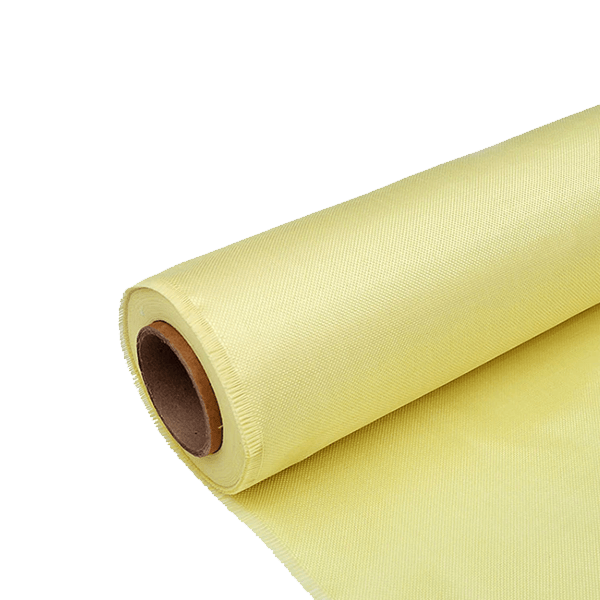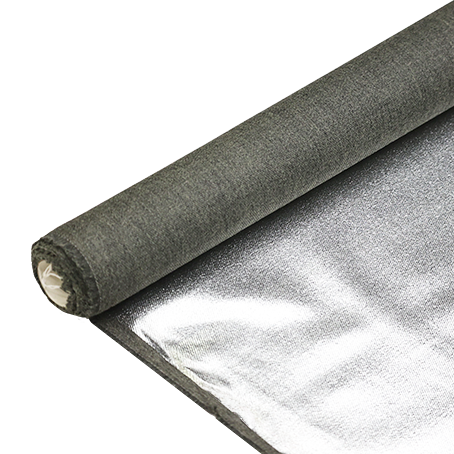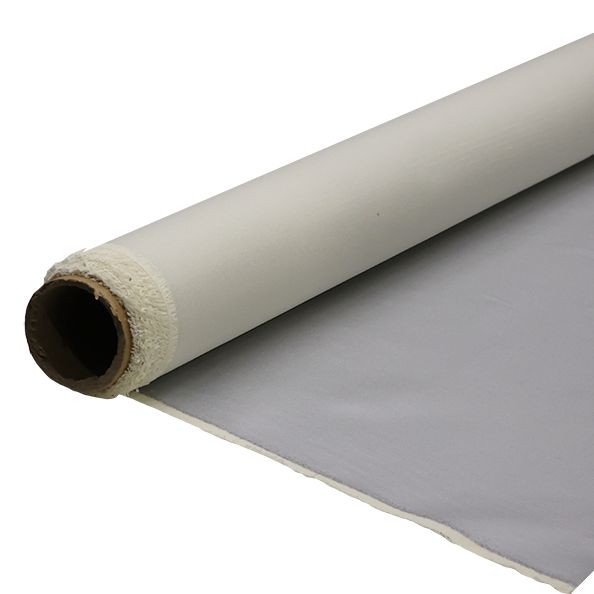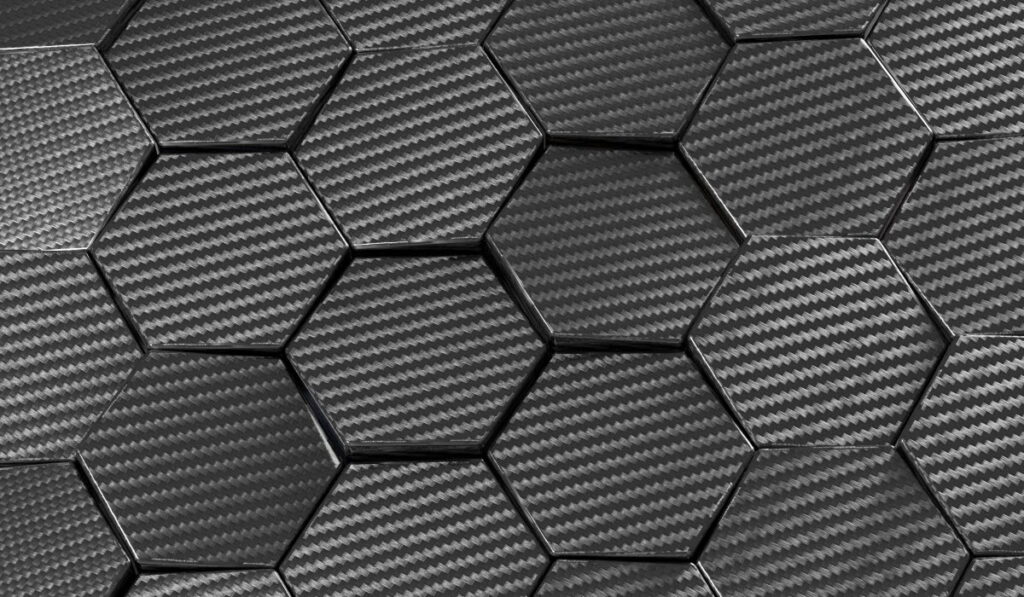السيارات
As automakers strive to improve fuel efficiency and performance, carbon fiber has become an increasingly popular choice for manufacturing car parts. It reduces the overall weight of the car, leading to better handling and agility. Moreover, carbon fiber parts have a longer lifespan and are more resilient than traditional materials. This trend towards carbon fiber is a positive step towards a more efficient and sustainable future for the automotive industry.













